LIFE City Platform
Local Inclusive Future Energy City Platform
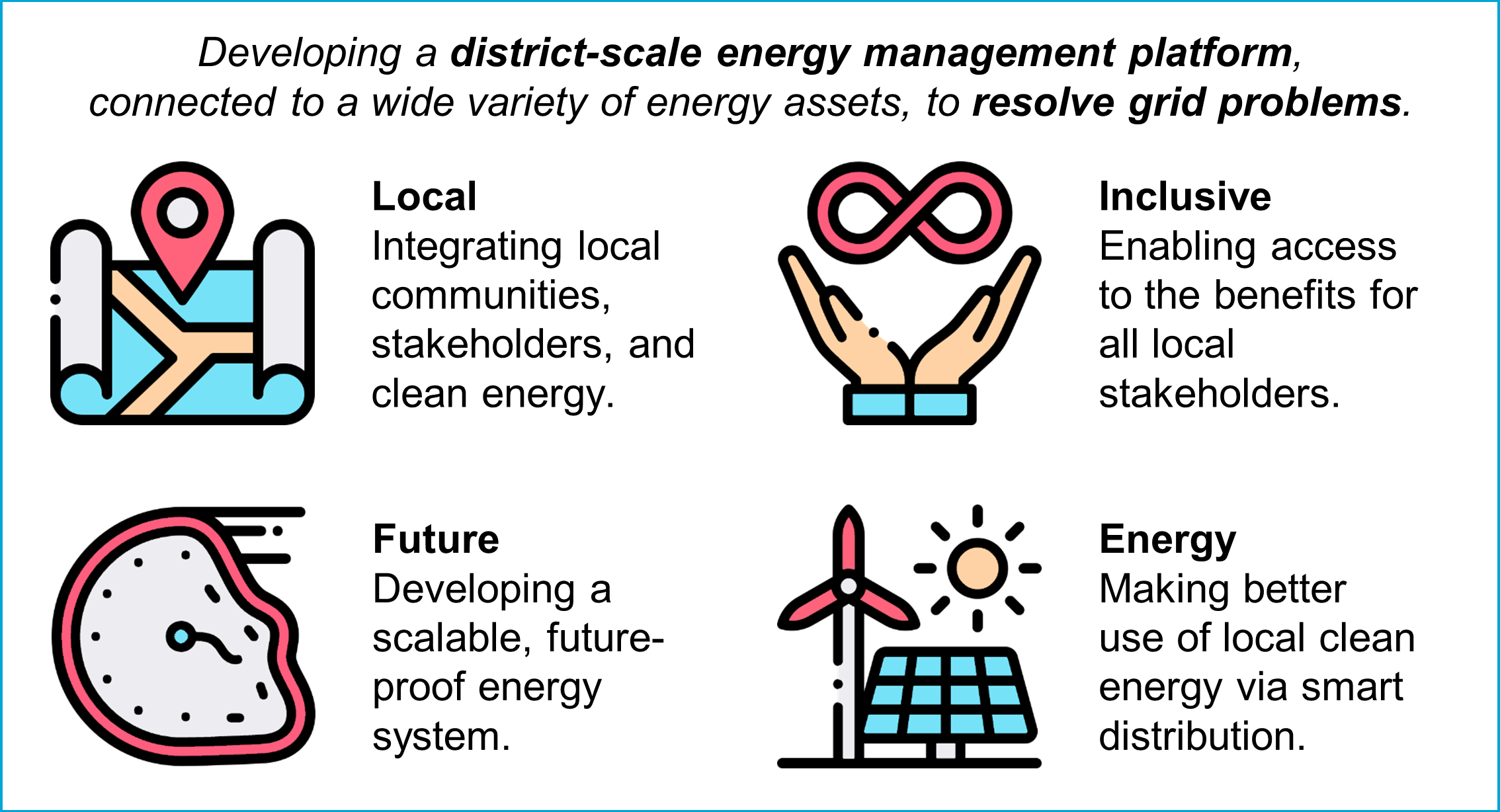
Overview
The LIFE City Platform project aims to develop a district-scale energy management platform to resolve grid problems while integrating local stakeholder interests in its design and implementation. The project will realise a replicable, innovative, integrated, and future-proof energy system for similar mixed-use districts in the Netherlands and abroad. This innovation and experimentation will take place in an iconic area with existing grid issues as part of the wider sustainable urban development. The area in question is the ArenApoort urban district, located in the borough Amsterdam-Southeast of Amsterdam. This district includes some of the largest entertainment venues of the Netherlands. Moreover, it is one of the most high-ranking economic districts of the Netherlands, with a wide variety of headquarters and offices of large companies, including ING Bank and Vattenfall.
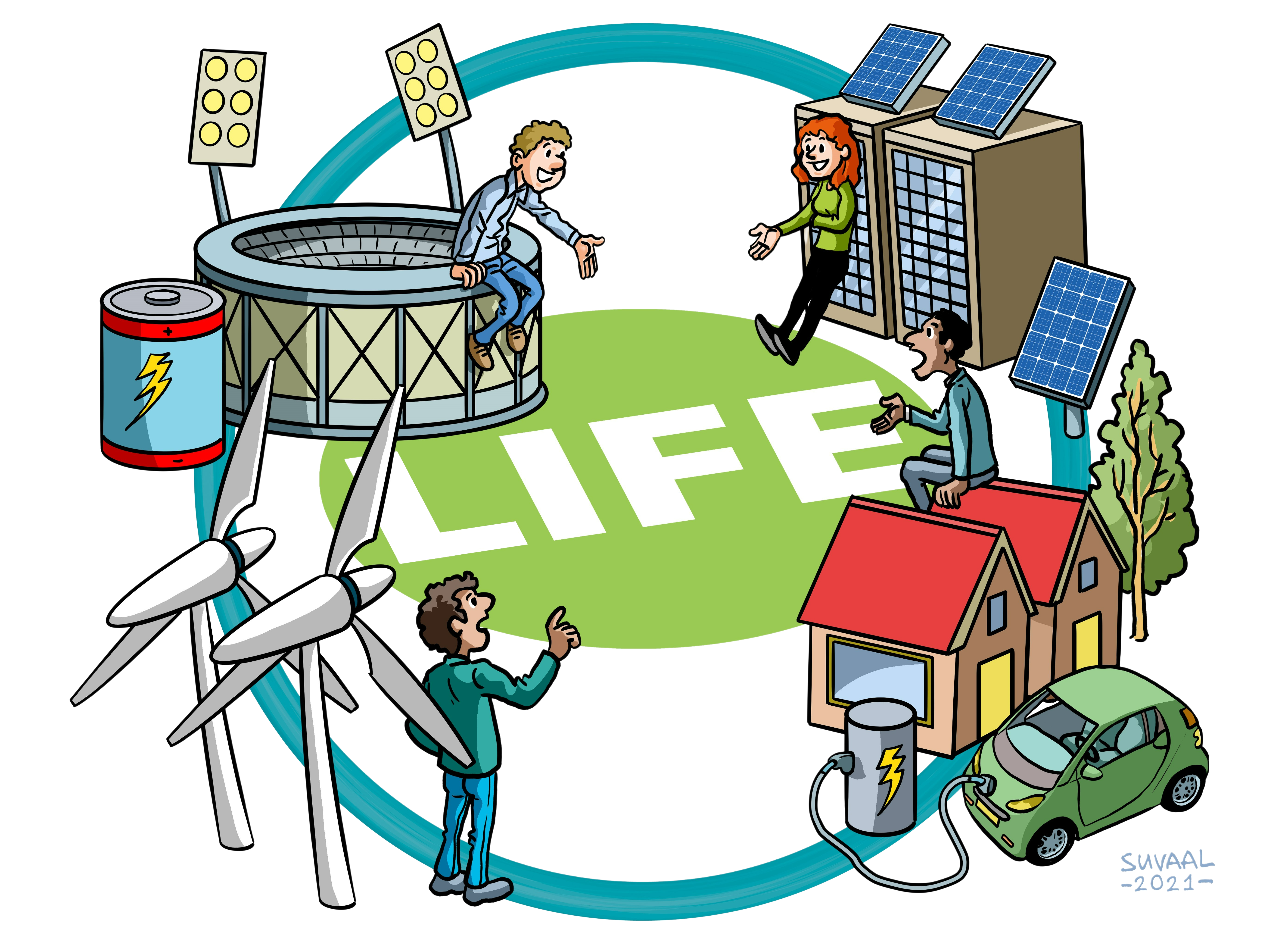
Project description
The Dutch transition towards carbon-neutral cities is in full swing and the share of local solar and wind energy is growing rapidly. Volatile renewable energy supply, higher peaks in demand, and the dynamic interactions between increasingly interconnected electricity, heat, and transport networks introduce significant complexity for future grid planning - particularly in the built environment. This challenge is further compounded by the emergence of new technologies, market mechanisms, and distributed flexibility services, which make it even more difficult to grasp the impacts of future energy scenarios.
DSO Alliander has forecasted that 17 out of 25 substations in Amsterdam will reach peak overloads by 2030 - hence the urgency to find alternatives to infrastructure upgrades. In other areas, limited grid capacity has put a halt to new solar and wind projects, demanding solutions for better integration of renewables into the built environment. Therefore, smart energy solutions which unlock the full potential of flexibility from buildings and assets such as batteries, EV chargers, and heat pumps, for multiple stakeholders, are essential for enabling the evolution of our sustainable energy system.
The key result of this project is a district-scale ICT smart energy management platform (LIFE) connected to a wide variety of energy devices and assets. This platform will strive for maximum societal acceptability by developing a technical and legal framework for local communities and stakeholders to access the benefits of flexibility. The platform will monitor and control multiple devices, simulate the effects of control measures using a Digital Twin and optimise flexibility with an intelligent algorithm while integrating with various energy markets. The platform will improve self-reliance on local clean energy, create financial value for flexibility, and engage locals in the process. This will be adaptable to many districts where grid congestion occurs, areas with a significant amount of flexible power available that can be used to provide energy services at a local level, and areas with identified opportunities for the exchange of energy between local producers and users. This project will also identify the conditions that such an area must meet in order to unlock and deploy flexibility, and reach out to these areas and the wider public to foster replication and upscaling.

Intended deliverables
The proposed outcome of the project is not to have a fully operational, market-ready platform, rather it is:
• to research the technical, economic, and organisational possibilities of creating such a platform;
• to develop the necessary constituent parts that will constitute and connect to the platform, most notably the Digital Twin, the Multi-Market Model and other LIFE City Platform applications, and the Next-Generation Grid Management System;
• to demonstrate the successful control, operation, and integration of certain asset submodules within the platform such as batteries and ATES systems;
• to develop a strategy for the successful future demonstration of the whole LIFE City Platform with various stakeholders involved;
• to generate and spread knowledge and know-how amongst both the consortium partners and end-users of the platform.
Project partners
The consortium for this project has been deliberately selected to encompass an interdisciplinary perspective by incorporating residential and commercial users, asset owners, knowledge-institutions, a system integrator, DSO and the municipalities of Amsterdam and Rotterdam, among other participants. Addressing the main interests of these key stakeholders and facilitating a multi-disciplinary, collaborative approach is a core focus of the LIFE City Platform project and an essential ingredient for producing results which have the potential to replicate and scale following the conclusion of the project. Next to the direct partners within the consortium, various letters of support and intent have been received from stakeholders who are supporting the LIFE project and want to contribute in a role of sounding board member, knowledge partner or potential user of the platform.
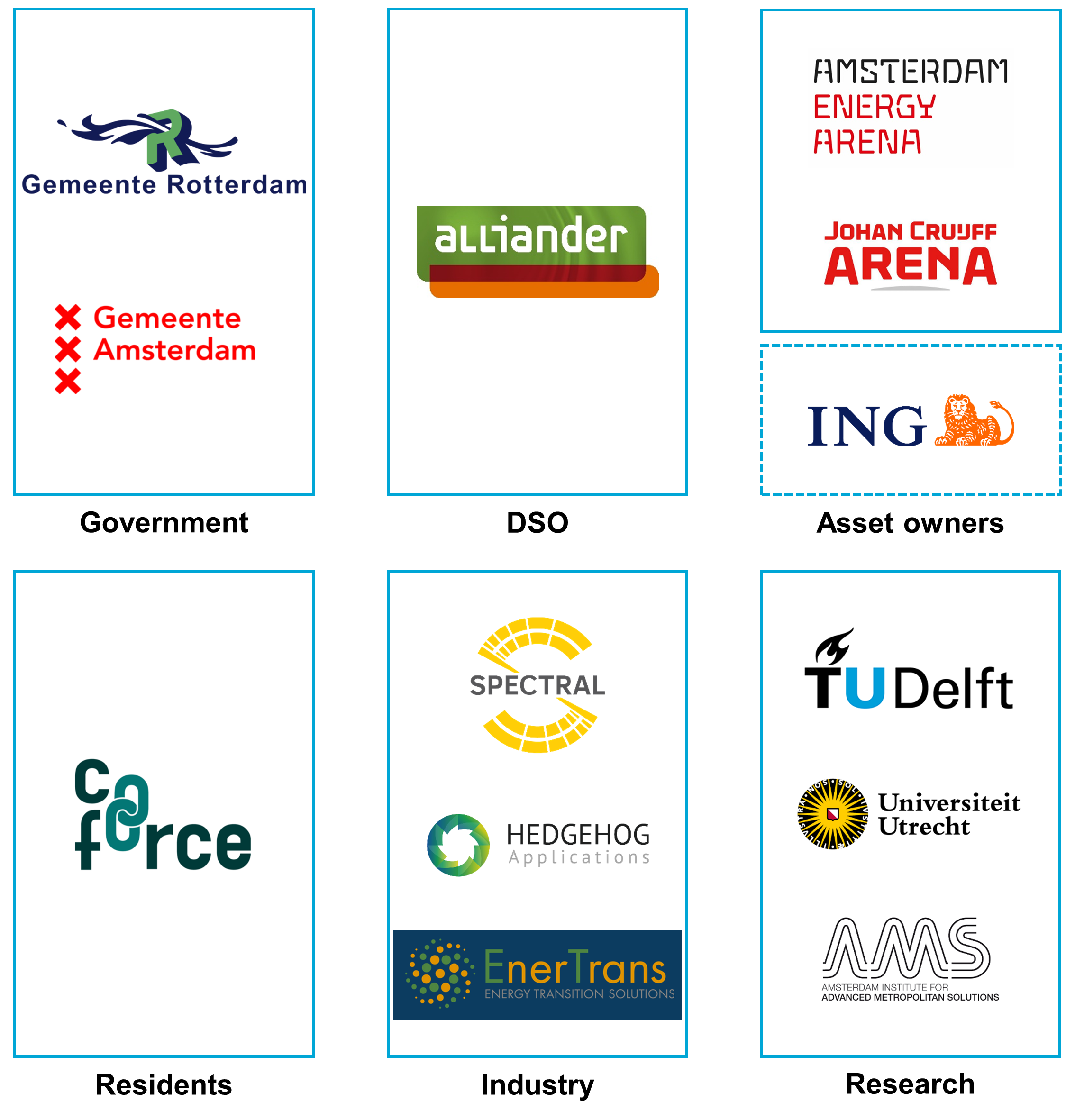
TUD team
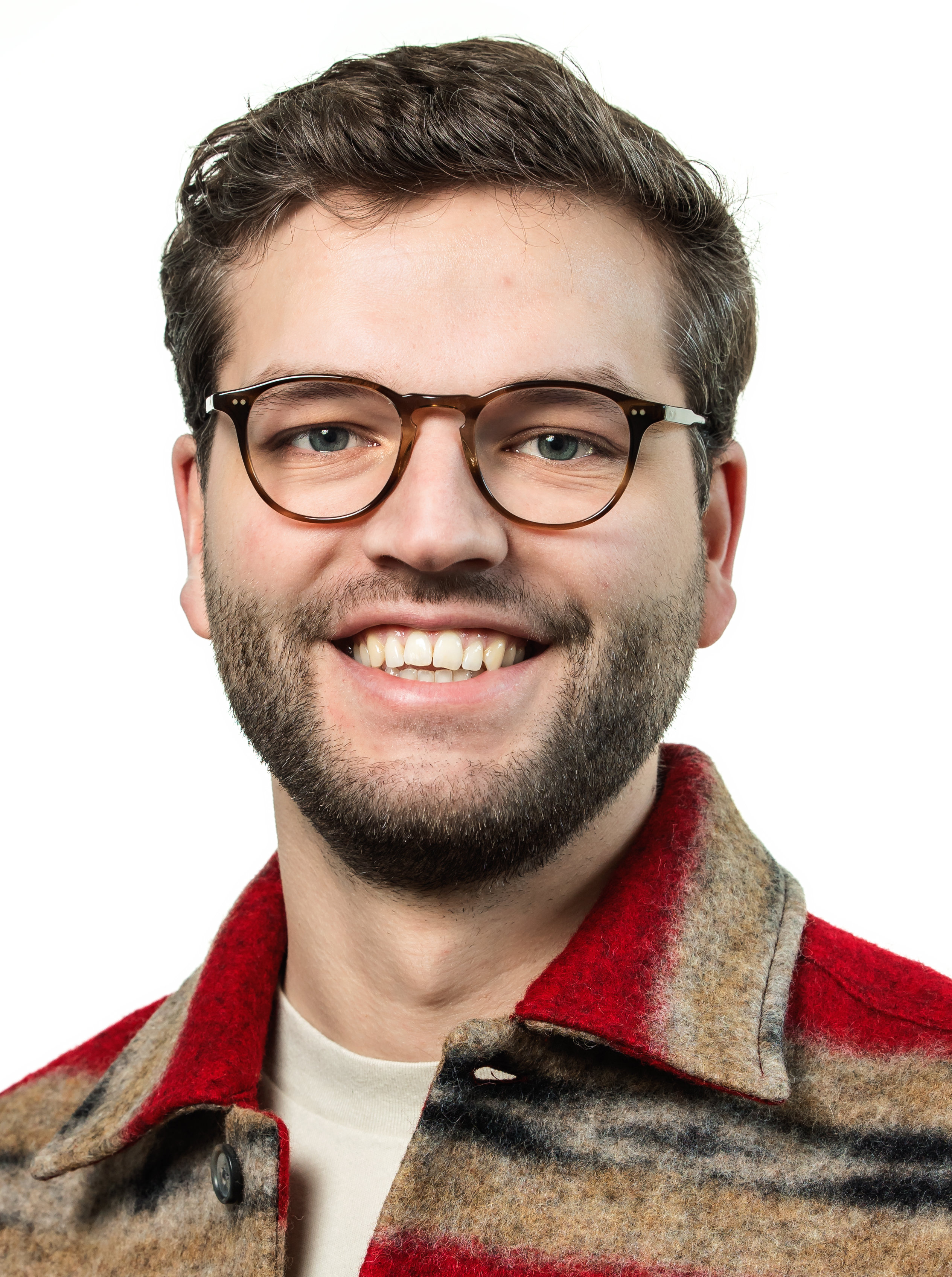
PhD Researcher:
W. (Wouter) Zomerdijk
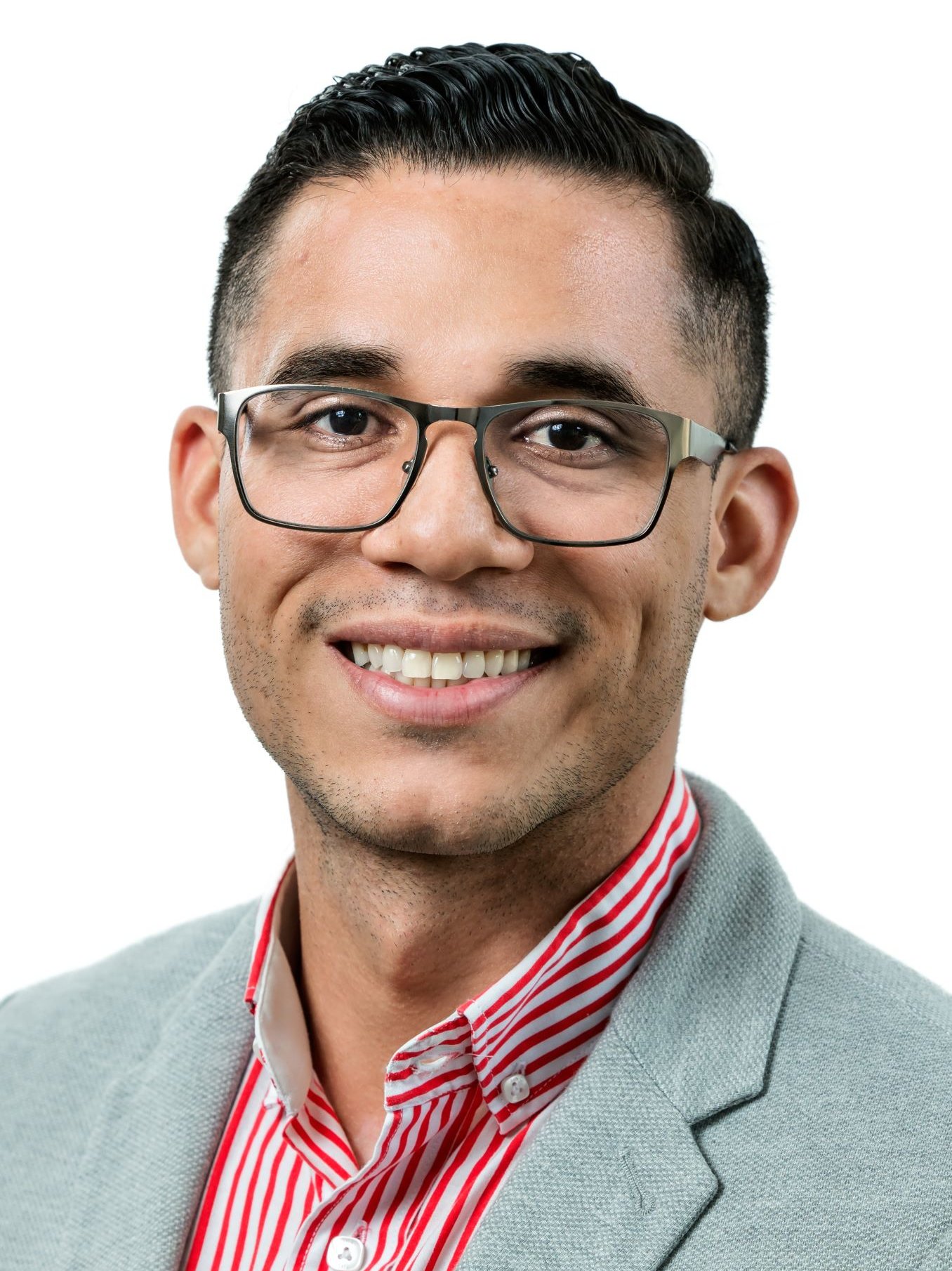
Responsible:
P. (Pedro) P. Vergara Barrios
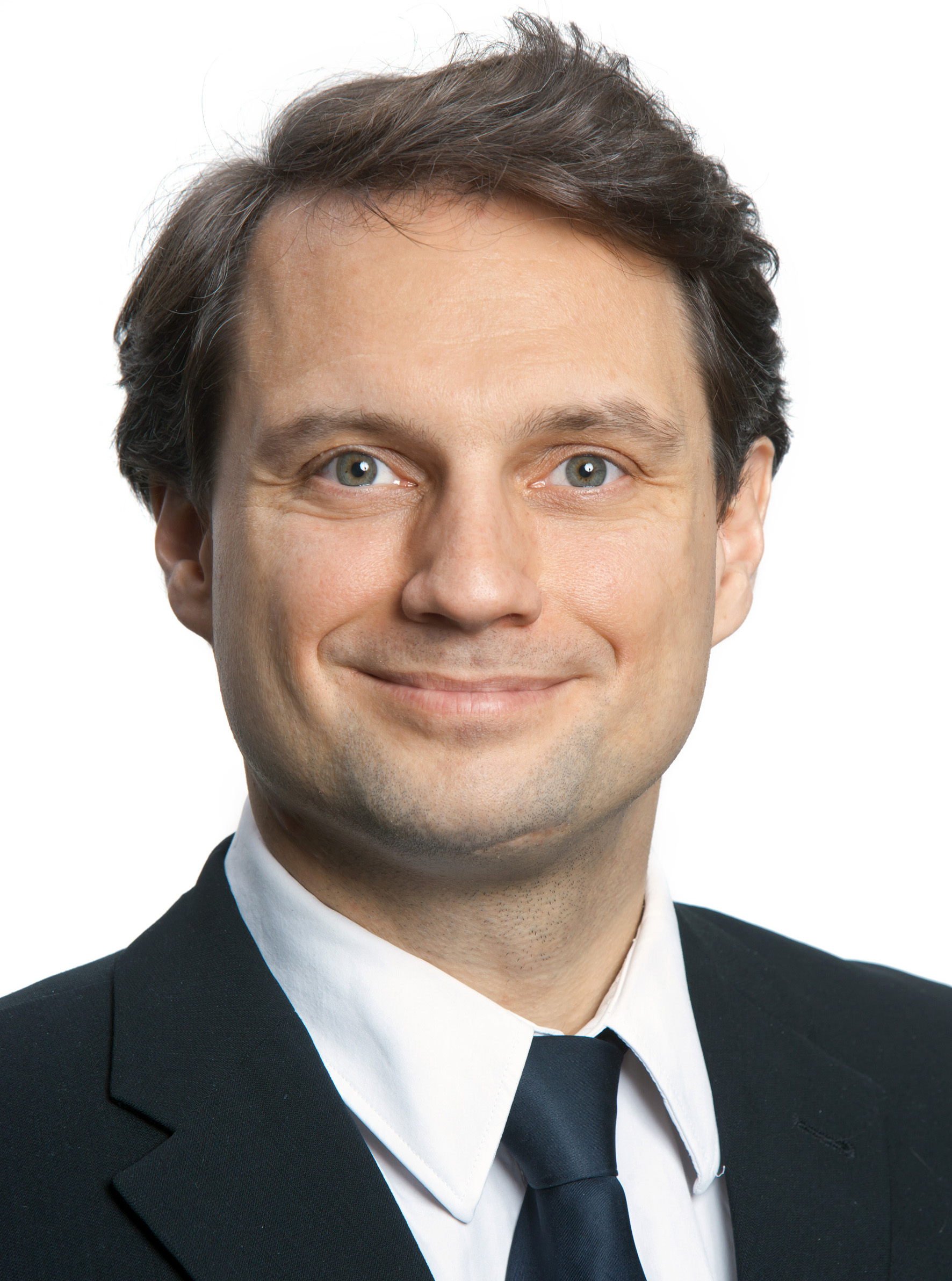
Responsible:
Prof.dr. P. (Peter) Palensky
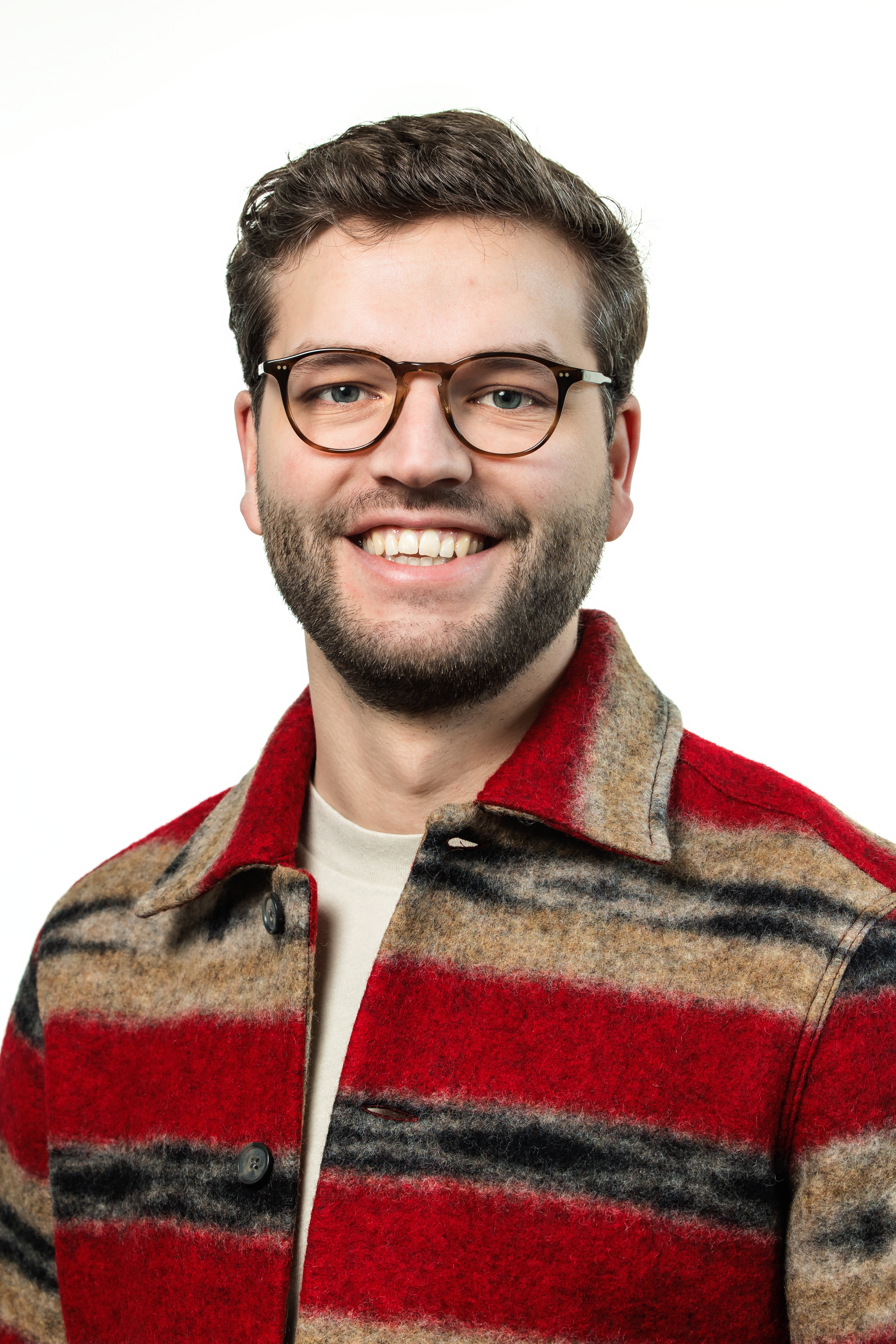
W. (Wouter) Zomerdijk
Wouter Zomerdijk joined the IEPG group as a doctoral candidate in January 2022. He received his Bachelor of Science degree in Mechanical Engineering and his Master of Science degree in Sustainable Energy Technology from the Delft University of Technology in 2019 and 2021, respectively. In his master’s, he specialised in solar and wind energy, energy storage, and power engineering. During his master’s thesis, he focused on the impact of power and heating sector integration on the Dutch high-voltage electricity grid. For his PhD, Wouter is working on the observability of distribution systems and applications of distribution system state estimation models.